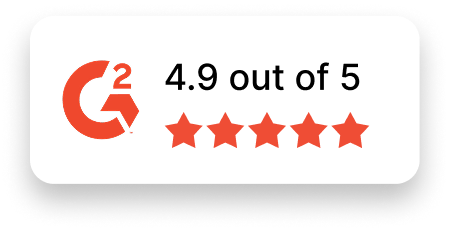Cloud Solutions Architect Job Description Template
Use this template to craft job descriptions for hiring Cloud Solutions Architects. Customize it to align with your organization’s specific needs and objectives.
Job Title: Cloud Solutions Architect
Location: [Specify Location or Remote]
Job Type: [Full-time/Part-time/Contract]
About the Role
We are seeking an experienced and innovative Cloud Solutions Architect to design and implement scalable, secure, and cost-effective cloud solutions. You will collaborate with stakeholders to analyze business needs, develop architectural frameworks, and guide the technical direction for cloud initiatives. Your role will be critical in ensuring alignment between technology solutions and organizational goals.
If you enjoy tackling complex challenges, excel in bridging technical strategy and execution, and thrive in a leadership capacity, this role is perfect for you.
Responsibilities
- Design and oversee the architecture of cloud solutions tailored to business needs.
- Collaborate with internal teams to define and implement cloud strategies.
- Develop detailed technical roadmaps for cloud migration and modernization projects.
- Ensure systems are scalable, secure, and optimized for performance.
- Evaluate and recommend appropriate cloud services and tools for project goals.
- Provide hands-on support during implementation phases to ensure high-quality delivery.
- Establish best practices for cloud adoption, including governance, security, and compliance standards.
- Troubleshoot and resolve complex architectural challenges and system integrations.
- Create detailed documentation for proposed architectures, processes, and best practices.
- Stay updated on advancements in cloud technologies to provide innovative solutions.
Required Skills & Experience
- Bachelor’s degree in Computer Science, Information Systems, or a related field (or equivalent experience).
- Proven experience in architecting solutions on major cloud platforms such as AWS, Azure, or Google Cloud.
- Deep understanding of cloud services, including compute, storage, networking, and security solutions.
- Strong knowledge of system and application design, microservices, and distributed systems.
- Experience with Infrastructure-as-Code (IaC) tools like Terraform or CloudFormation.
- Proficiency with CI/CD pipelines and DevOps practices.
- Strong analytical and problem-solving skills, with the ability to communicate architectural designs effectively.
- Familiarity with cost-optimization strategies and cloud financial management.
- Excellent organizational and leadership skills to manage cross-functional teams.
Nice-to-Have Skills
- Professional certifications such as AWS Solutions Architect, Azure Solutions Architect Expert, or Google Cloud Architect.
- Expertise in hybrid cloud architectures and multi-cloud environments.
- Knowledge of container orchestration platforms like Kubernetes.
- Experience with serverless computing, including Lambda or Azure Functions.
- Familiarity with data management solutions, both relational and non-relational.
- Understanding of machine learning and artificial intelligence services on cloud platforms.
Why Join Us?
- Impactful Work: Play a strategic role in driving cutting-edge cloud innovations.
- Career Growth: Advance your expertise while working on challenging and meaningful projects.
- Collaboration: Engage with a talented, forward-thinking team that values your input.
- Flexibility: Enjoy remote or hybrid work options that promote work-life balance.
- Inclusivity: Be part of an organization that celebrates diversity and fosters an equitable and supportive culture.
Apply Now
Do you have a passion for designing exceptional cloud solutions that meet dynamic business needs? Join [Your Company Name] as a Cloud Solutions Architect and make a lasting impact. Apply now!

